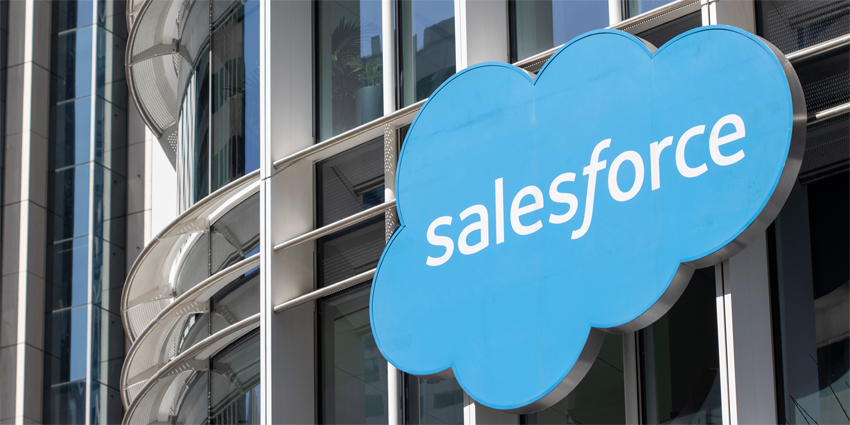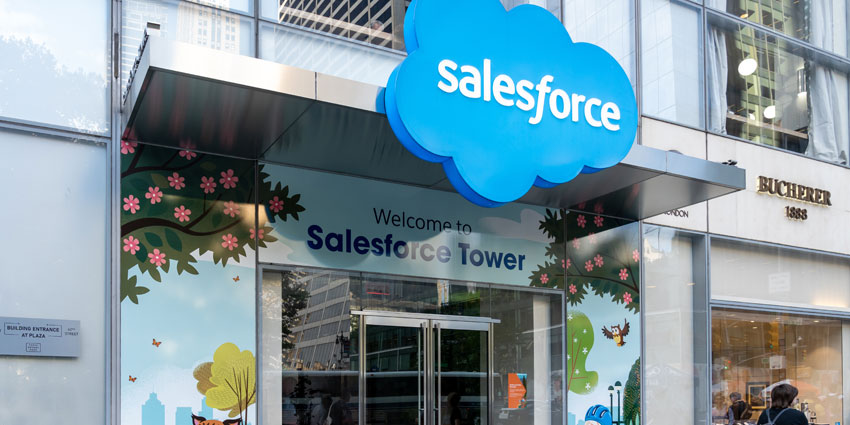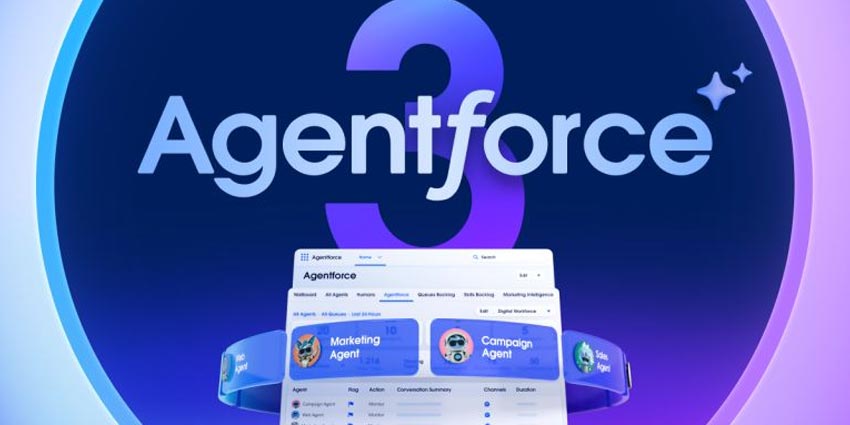Zoho has entered the UCaaS space with the launch of Trident.
The new suite allows businesses to harness a hub for internal communications, which contains all the foundational features of a UC platform, along with a couple of nifty innovations.
Indeed, its baseline capabilities include email, messaging, phone, and video calls. There is also a calendar, contact lists, and file storage solutions.
The video below demonstrates all of these and more.
Interestingly, it also highlights the high level of integration across the UCaaS platform and its close ties to the Zoho Workplace. This enables Zoho to present a single view of communications, whether they come through email, messaging, or another app.
Moreover, there is considerable interoperability within the platform. Its universal drag-and-drop tool takes advantage of this, allowing businesses to merge features across collaboration apps.
For instance, a business can drag an attachment from an email and drop it into a message.
Another one of those nifty innovations within Trident and Workplace is an AI-powered tool – BluePencil – which checks grammar and makes writing suggestions. In doing so, it removes the need for a plug-in such as Grammarly.
As such, the UCaaS platform appears feature-rich. But, as a prominent CRM player – operating in economic uncertainty – why has Zoho made this move?
Well, it likely spots an opportunity as brands aim to converge their communications system.
Zoho Helps Companies Converge Their Communications Stack
Zoho is a prominent CRM provider, and – with Service Desk – is slowly bridging the gap to CCaaS. By adding UCaaS over the top, it may satisfy all the employee and customer communications needs of its SMB customer base.
As such, Zoho offers its customers the chance to work with fewer communications vendors and meets a growing demand for systems convergence.
In doing so, employees access fewer applications, which adds to productivity, but also removes the onus on staff to remember passwords and complete extra admin tasks.
Thanks to these features, Zoho seems to have a promising proposition. Unfortunately, it is in a crowded market.
Indeed, the UCaaS space is significantly saturated, with many businesses already implementing Microsoft Teams, Zoom, or Webex. As such, there seems limited room for growth.
It is also highly mature. Indeed, when one vendor adds a new, exciting feature, a competitor adds it within months. This makes differentiation tricky.
So, while the system convergence is a bonus, what else does Zoho have up its sleeve to lure businesses away from their current UCaaS solution? A low price point.
A Low Price Point May Allow Zoho to Stand Out In a Crowded Market
The most expensive “professional” pricing plan for Zoho Trident – which includes all the capabilities from the video above – is available for $6 per user, every month. That comes with 100GB of mail storage and drive space.
Compare this to Teams Premium, which is available at $7 per user, every month – and rising to $10 in July 2023 – and businesses may make significant savings.
There are also other price packages for Zoho Trident. The $3 offering with fewer features is perhaps ideal for many smaller businesses. With this option, companies receive 10GB of mail storage and drive space.
Moreover, there is a mail-only option for a monthly fee of $1 per user.
With such a plan, Zoho aims to lure customers of its Service Desk, CRM, and Workspace – utilized by 16 million users – to Trident, which is now in a public beta.
Finally, the UCaaS platform is available on Windows and MacOS, with mobile apps coming soon.
Salesforce Moves In One Direction, Zoho Chooses Another
Zoho’s move into UCaaS may surprise some. Indeed, its most prominent CRM rival – Salesforce – is slowly pulling its UC platform from center stage.
Recent layoffs seemingly confirm this, with The Register reporting: “There’s no more Slack left to cut!”
Instead, Salesforce is likely to refocus on its core proposition: CRM. Doing so will appease its new activist investors, which may argue that the vendor has built a disjointed go-to-market offering.
Does Zoho run the same risk? Perhaps not, as Slack still wins Salesforce business, yet seemingly not enough to justify its $27.7BN price tag.
Moreover, Zoho has a higher proportion of SMBs in its customer base. These are likely to have much less of a commitment to their existing UC system than larger organizations.
As a result, Zoho may have much more chance of tempting customers away from platforms like Microsoft Teams – particularly when it highlights the lower costs and opportunity for convergence.
Such a land and expand strategy has potential for the business that recently surpassed $1BN in annual revenue, according to its CEO, Sridhar Vembu.
Will it work in practice? Only time will tell.







